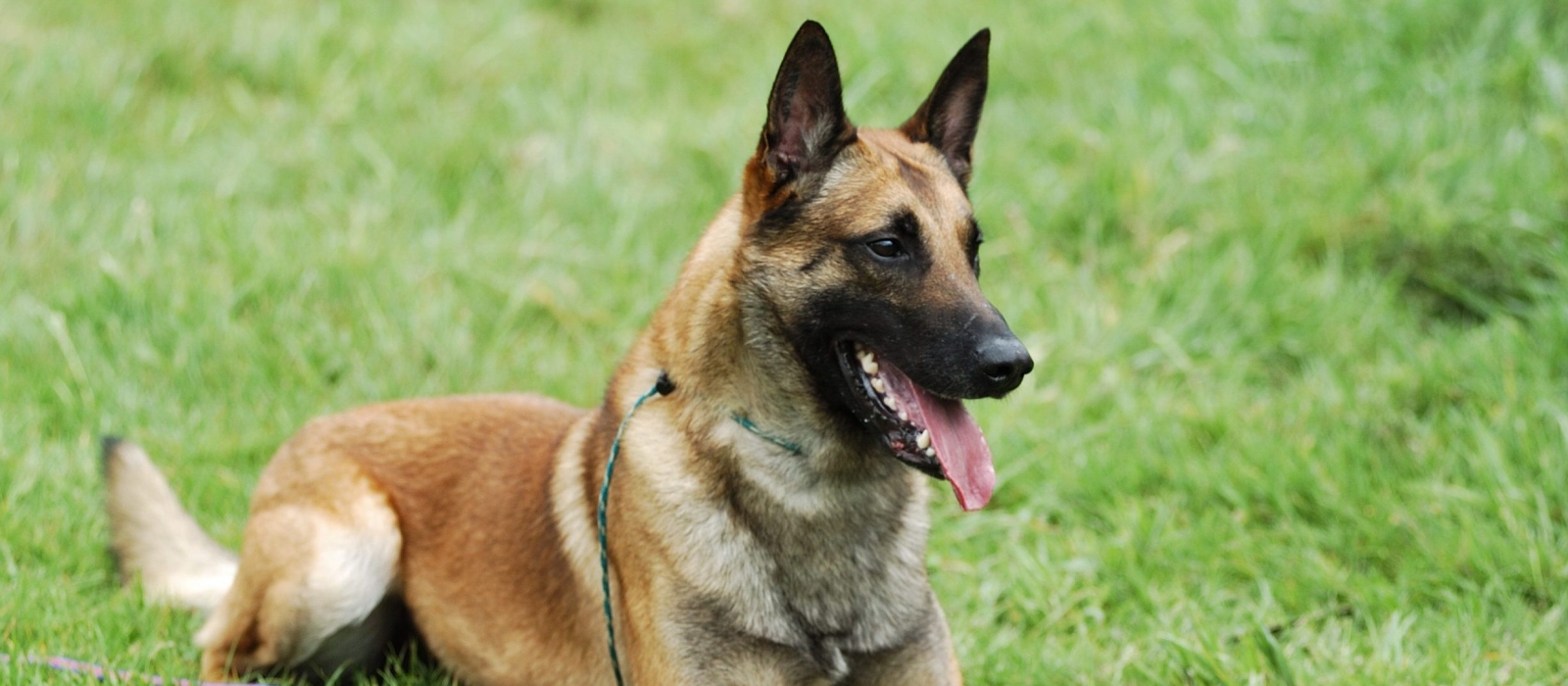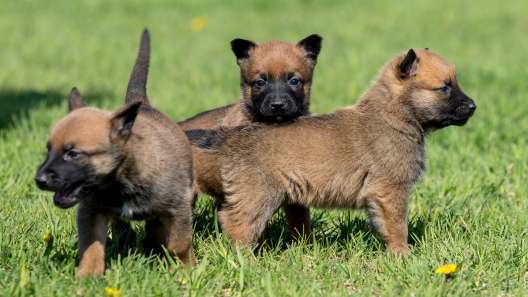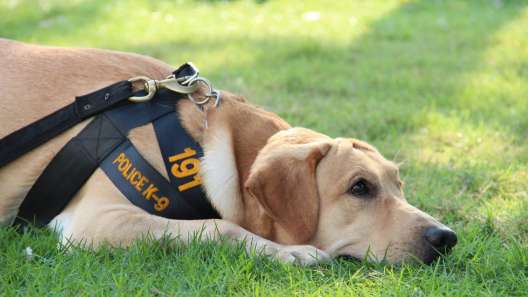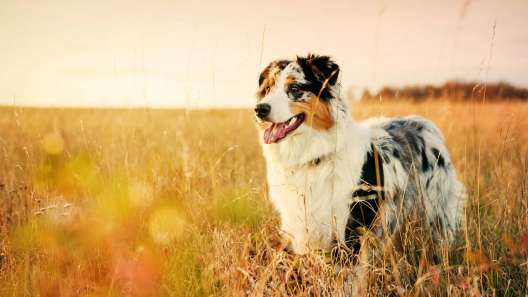-
Activity Level:
high
-
Shedding Level:
moderate
-
Grooming Level:
moderate
-
Trainability:
high
-
Good for Novice Owners:
low
-
Adaptability:
moderate
-
Kid/Pet Friendly:
sometimes
-
Prey Drive:
moderate
-
Watchdog:
very alert
- Average Size: Medium
- Average Lifespan: 14-16 years
- Registered?: aca, akc
Belgian Malinois Dog Breed Information
Overview
Temperament
Adaptability
Health
Owner Experience
Grooming
Activity Level
Size
Life Span
Did You Know?
The Belgian Malinois is recognized by the AKC and is a member of the Herding Group. The Malinois originated in Belgium in the late 180s and was bred to guard and herd livestock. The Belgian Malinois is one of four different types of Belgian sheepdogs, including the Tervuren, Laekenois, and Groenendael. Of the Belgian sheepdogs, the Malinois is the most common and widely recognized.
Although they were originally bred for herding, the Belgian Malinois excels as a military or police dog. The Belgian Malinois was used for military purposes as far back as World War I with many soldiers bringing their Malinois dogs home to the States after the war ended. Following that time, the AKC saw a large increase in registrations of this breed.
Today, the Malinois is more commonly found as a working breed. Some facts about Belgian Malinois are that they are versatile working dogs and popular military dogs. These dogs are exceptional at finding explosives, narcotics, and tracking fugitives attempting to avoid apprehension.
The Malinois is a protective and highly intelligent dog breed. As one of the most active dog breeds, the Malinois is a hardworking dog that may be serious when on task, but will also likely exhibit a puppy-like playfulness and energy until around the age of three.
As long as they are properly socialized and trained, Belgian Malinois tend to get along well with children, other dogs, and other pets. Because of their protective instinct, they will be initially wary of strangers. But, if they are well-socialized, they will tend to warm up once introduced. They tend to bark to alert, which can become a nuisance if you unintentionally encourage the behavior or do not train your dog to stop barking early on.
The Belgian Malinois is a moderately adaptable dog breed. Although they can adapt to apartments if enough time is dedicated to daily exercise and mental stimulation, they are better suited to homes with fenced yards where they can run.
They do well in most climates. As with any dog breed, they are sensitive to heat and are sensitive to very cold temperatures. Because they bond closely with their families, have a lot of energy, and get bored easily, they should not be left alone for long periods of time.
Potential health concerns to be aware of in a Belgian Malinois include hip dysplasia, elbow dysplasia, progressive retinal atrophy, and thyroid disease. Good breeding practices make a big difference and reputable breeders will screen their dogs to avoid passing preventable issues to puppies. So, make sure you ask about the health and genetic history of the parents. You can also ask about any health tests or clearances that have been done.
As one of the smartest dog breeds, the Belgian Malinois picks up on training quickly and is generally eager to please. However, they are also energetic, get bored easily, have a strong herding instinct, and can be strong-willed. First-time owners are encouraged to enroll in puppy training classes or enlist the help of a trainer.
Belgian Malinois have short, waterproof coats that will shed a little year-round and will shed heavier as seasons change. Brushing weekly or a few times a week and the occasional bath are usually enough to keep them comfortable and their coat looking great.
In addition to coat care, you will also need to take care of your Mal’s nails, ears, and teeth. Cutting nails once or twice a month is usually enough to keep them from growing too long and causing issues. Weekly ear checks with careful cleanings as needed can help prevent ear infections. Daily tooth brushing, along with cleanings at the vet as needed, is ideal dental care for dogs.
Belgian Malinois are high-energy working dogs. They need a lot of daily activity and a job to do to be happy and healthy. Daily walks plus playtime and time to run are usually enough, but they will also usually be up for more activity if you are.
These dogs are versatile and athletic. Once puppies finish growing and their bones are done developing, you can try a variety of activities with them. Playing frisbee, running, hiking, swimming, and more can all be fun activities to do with your Mal. You can even try training them for dog sports, like agility or flyball, even if you won’t be competing with them.
Fully-grown Belgian Malinois usually stand 22-26 inches tall and weigh between 40-80 pounds.
Belgian Malinois generally live for 14-16 years on average.
The Belgian Malinois is a world-renowned military service dog. A life-size bronze statue of a Belgian Malinois is featured in the memorial to military dogs in Fayetteville, North Carolina. There are also many dog movies featuring them, like the 2015 film Max, which features a great and heart-touching story about a former U.S. Marine Service Dog.









